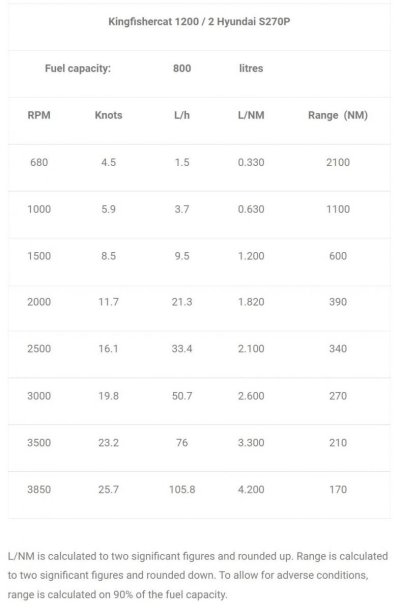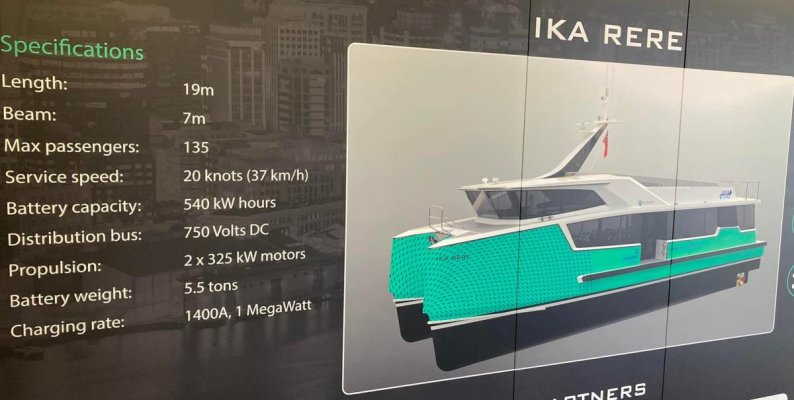The ferry can carry 132 passengers, Foote says.
The boat is 90 meters long, seven meters wide and has 5500 kilos of batteries onboard powering two electric motors that propel the boat, each motor has 325 kilowatts or 500 horsepower.
The boat easily matches a diesel, Foote says.
“We had an expected speed at probably 22 knots in light ship. And we got 24 and a half knots, so it's going a lot faster than we thought.
During our sea trials, we put the equivalent of 99 passengers on board, we had to of course use water because of Covid instead of people, and we got 22 knots.”
The batteries take a couple of hours to charge, Foote says. There is a charger in Eastbourne and one will be built at Queens Wharf.
They have devised a system to keep the batteries cool and operating optimally on board, he says, and there is no diesel backup on board.
“If there is a problem with one side of the boat, there's a computer system that enables us to shut the boat down safely on one side. So, being a catamaran with two propellers, all you do is just go to the shore using one propeller. “
Another big advantage of the boat is significantly reduced maintenance costs, Foote says.
“A normal diesel boat will do about 15,000 to 20,000 hours before you have to do a major rebuild on the motor, our boat does 50,000 hours and you change one bearing and there's nothing more to do, there's nothing to look at.”
What started as an idea for one boat has mushroomed, Jeremy Ward says.
“Partway through the process, we realised that we needed to build an industry, because we've had inquiries from all over the world.
“Almost every country in the world has approached us about whether we could help them to build some electric boats here in Wellington.”
The plan is to build a factory in Wellington, he says.
Electric is significantly cheaper than diesel, and Ward says payback for the approximately $9 million ferry will be in eight years.





